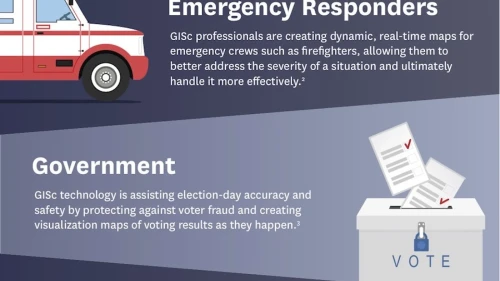Radiologic Technology is a branch of health care delivery that utilizes x-rays to aid in the diagnosis of medical conditions.
Radiography programs educate students to perform radiology procedures through a blend of classroom and lab education at Kent State University.
Radiologic Technology graduates may pursue advanced career mobility into:1
- Computed Tomography (CT) Technologist: Performs CT scans using x-rays that image sectional views of human anatomy.
- Magnetic Resonance Imaging Technologist: Performs MRI exams using strong magnetic currents and radio waves to obtain images of human anatomy.
- Diagnostic Medical Sonographer (DMS): Perform exams by using sound waves to produce internal images of the human body.
- Nuclear Medicine Technologist: Administers radioactive pharmaceuticals to patients and views the image on gamma cameras to evaluate organ function.
- Radiation Therapist: Administers radiation to benign (non-cancerous) or malignant (cancerous) lesions by using a strong radiation beam.
- Mammographer: uses x-rays to image the breast.
- Cardiovascular interventional technology uses x-rays to image blood vessels.
- Other options include education, management, sales, application specialist, mammography, or informatics.
What Additional Career Opportunities exist with a Bachelor of Radiologic and Imaging Sciences?
Possible career areas include the following (but are certainly not limited to):2
Diagnostic medical sonographers
- Growing at a rate of 16.8%, much faster than the average
- 74,300 jobs available
- $75,920 potential earnings
Magnetic resonance imaging technologists
- Growing at a rate of 7.0%, much faster than the average
- 38,700 jobs available
- $74,690 potential earnings
Nuclear medicine technologists
- Growing at a rate of 5.4%, much faster than the average
- 18,500 jobs available
- $79,590 potential earnings
Radiation therapists
- Growing at a rate of 7.1%, much faster than the average
- 18,500 jobs available
- $86,850 potential earnings
Radiologic technologists and technicians
- Growing at a rate of 6.7%, much faster than the average
- 212,000 jobs available
- $61,900 potential earnings
Kent State University’s Online Bachelor of Radiologic and Imaging Sciences
The Bachelor of Radiologic and Imaging Sciences Technology degree is designed for students pursuing studies related to medical imaging that have completed a degree or certificate in radiologic technology, diagnostic medical sonography (MRI only), nuclear medicine, or radiation therapy.
The fully online degree comprises of two online concentrations Computed Tomography and Magnetic Resonance Imaging, both being completer programs.
The Computed Tomography concentration uses specialized x-ray equipment to create sectional images of the human body. Each cross-sectional image reveals complex information about body structures that are used for a variety of reasons (i.e., diagnostic, treatment planning, interventional, or screening).
The Magnetic Resonance Imaging concentration uses a powerful magnet, radio waves, and computers to create sectional images of the human body. The images reveal complex information about body structures and the chemical changes that occur as a result of the onset of disease.
For more information on Kent State’s Online Bachelor of Radiologic and Imaging Sciences visit https://onlinedegrees.kent.edu/degrees/bachelor-of-radiologic-and-imaging-sciences-technology.
Sources:
1 Retrieved on October 20, 2021, from https://www.kent.edu/columbiana/radiology-careers-and-professional-groups
2 Retrieved on October 20, 2021, from http://catalog.kent.edu/colleges/ap/radiologic-imaging-sciences-brit




